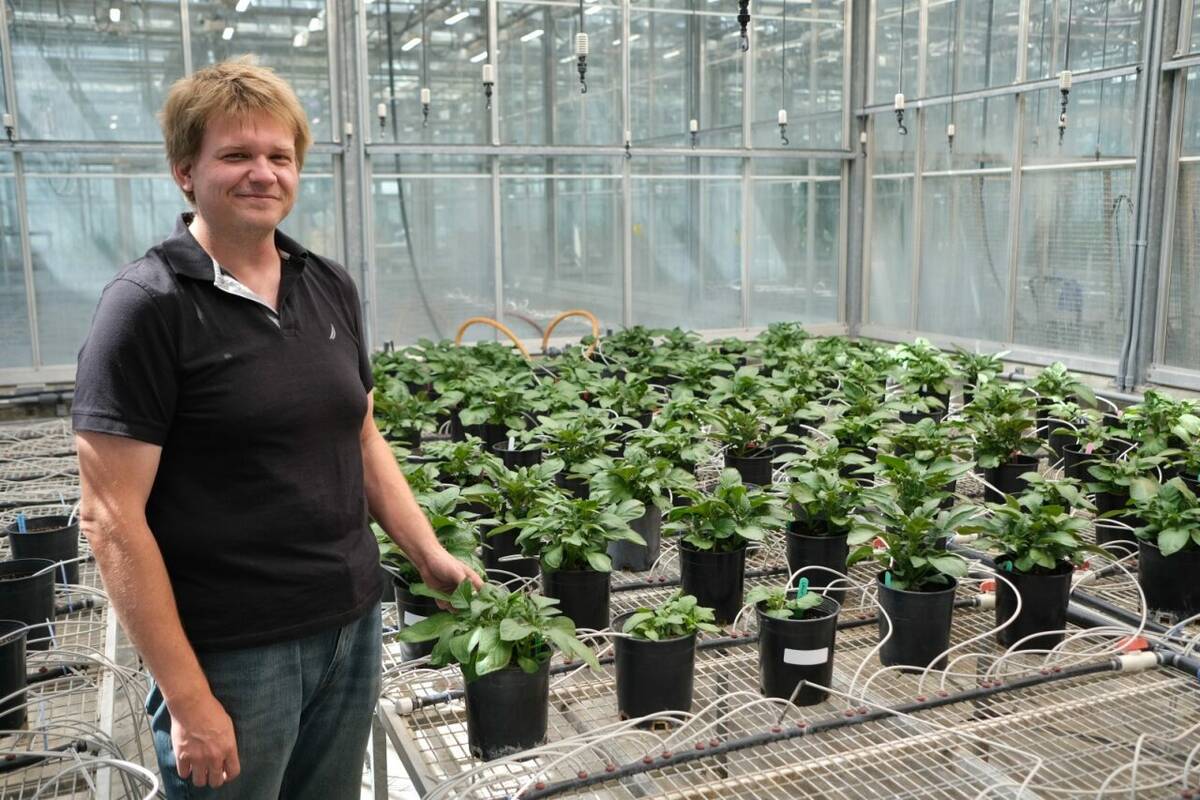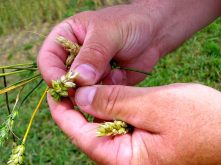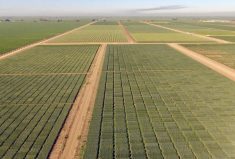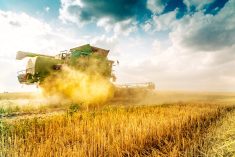Corn heat units cause “a lot of confusion” among new growers of the crop — and rightfully so.
“There is no industry standard for corn maturity. We all put heat unit ratings on our corn, and we put relative maturity on our corn, but they’re not standard for each company,” said Nicole Rasmussen, DuPont Pioneer area agronomist.
“What 2,200 corn heat units at Pioneer look like compared to a competitor’s 2,200 will very often be very different — up to 200 heat units different.”
But what exactly does that difference mean to you?
Read Also

Hail research hopes to benefit potato growers
Alberta research scientist measures hail storm and heat dome affects on potato crops
Maybe a little, maybe a lot, depending on the time of year.
“On a great southern Alberta day, you might get a 25 heat unit day, and you can make that up pretty fast,” said Rasmussen.
“But when you get into the fall when maybe you’re accumulating three to five heat units a day, that difference is tremendous. That’s the real difference between a successful crop and a non-successful crop.”
- Read more: Corn slowly winning converts in Alberta
There’s no right or wrong when it comes to heat unit ratings, she said — the main thing is to have a long talk with seed suppliers before switching brands to know what you’re getting.
“If you’re used to growing one thing and you’re going to grow something of somebody else’s, make sure you have that discussion with them,” she said. “That little difference can make a significant impact on the success of your crop.”
Corn hybrids may also perform differently depending on the area, so producers need to choose a hybrid “that’s going to mature properly for your zone.”
“Just because we grow a certain hybrid in Taber doesn’t mean it’s going to work in Vermilion,” said Rasmussen. “Really ensure that you’re getting product that’s been tested there and that the people who are selling it to you understand the maturity zone to give you the best chance for a successful crop.
“You might be able to grow the plant, but if the grain’s not mature, it’s not a successful harvest. Making sure you’re picking hybrids that will fit your zone is very important.”















